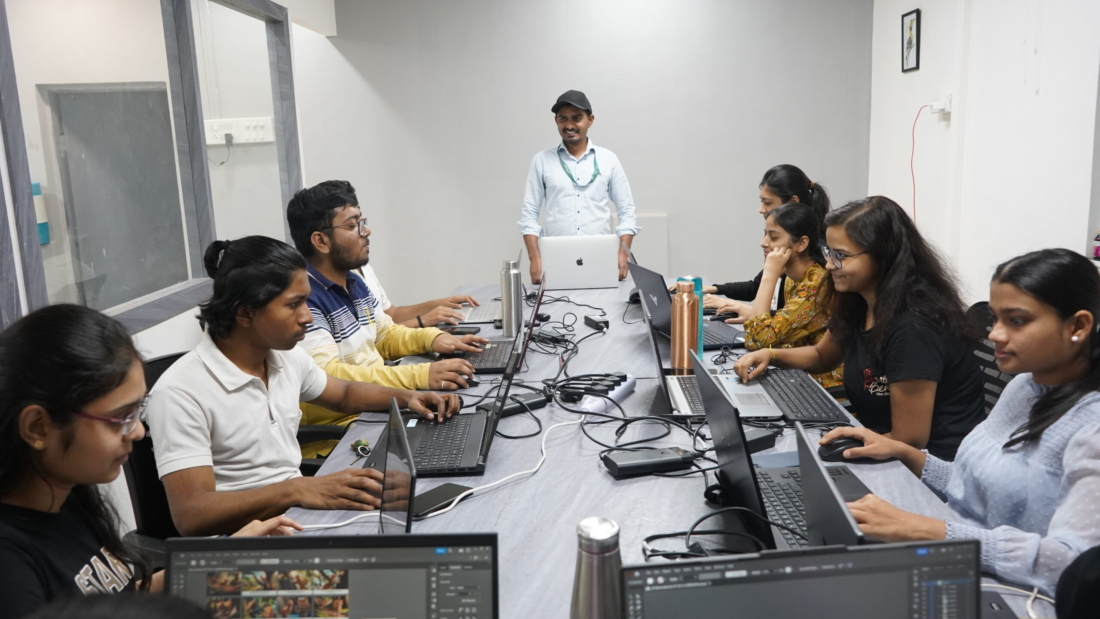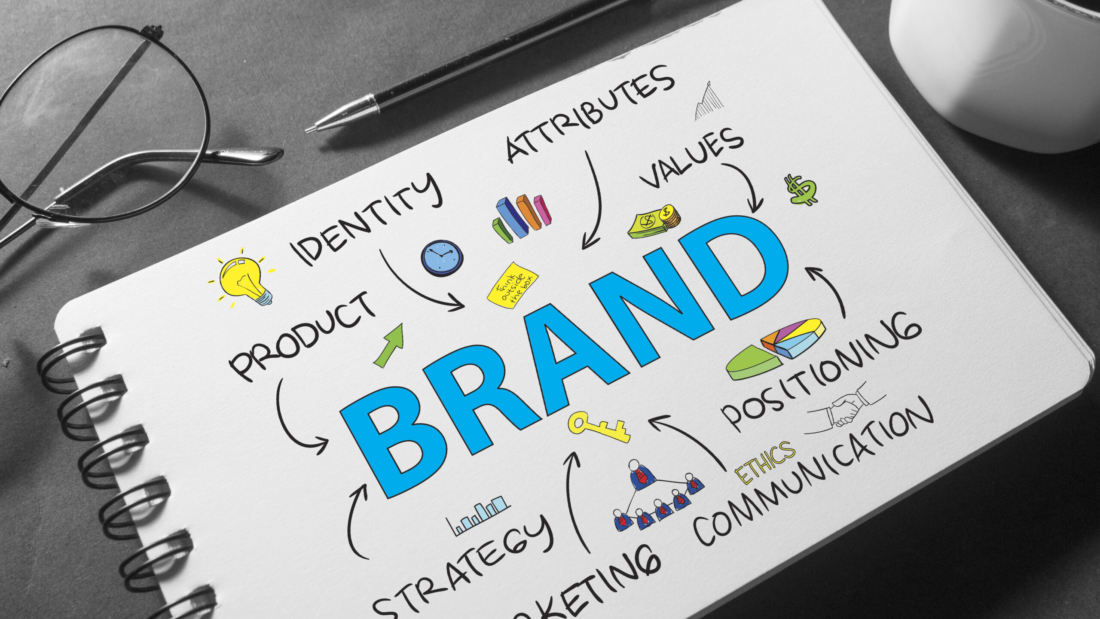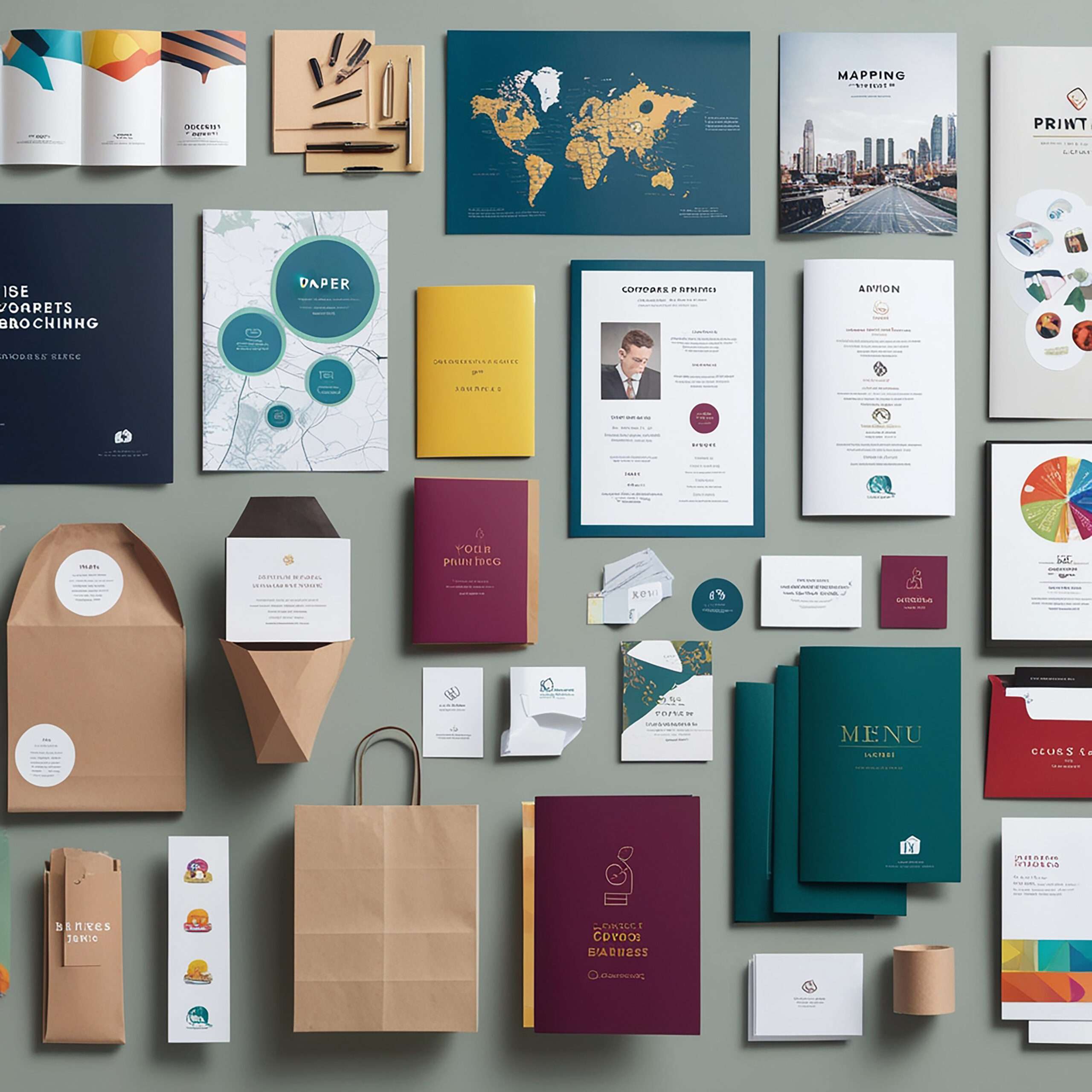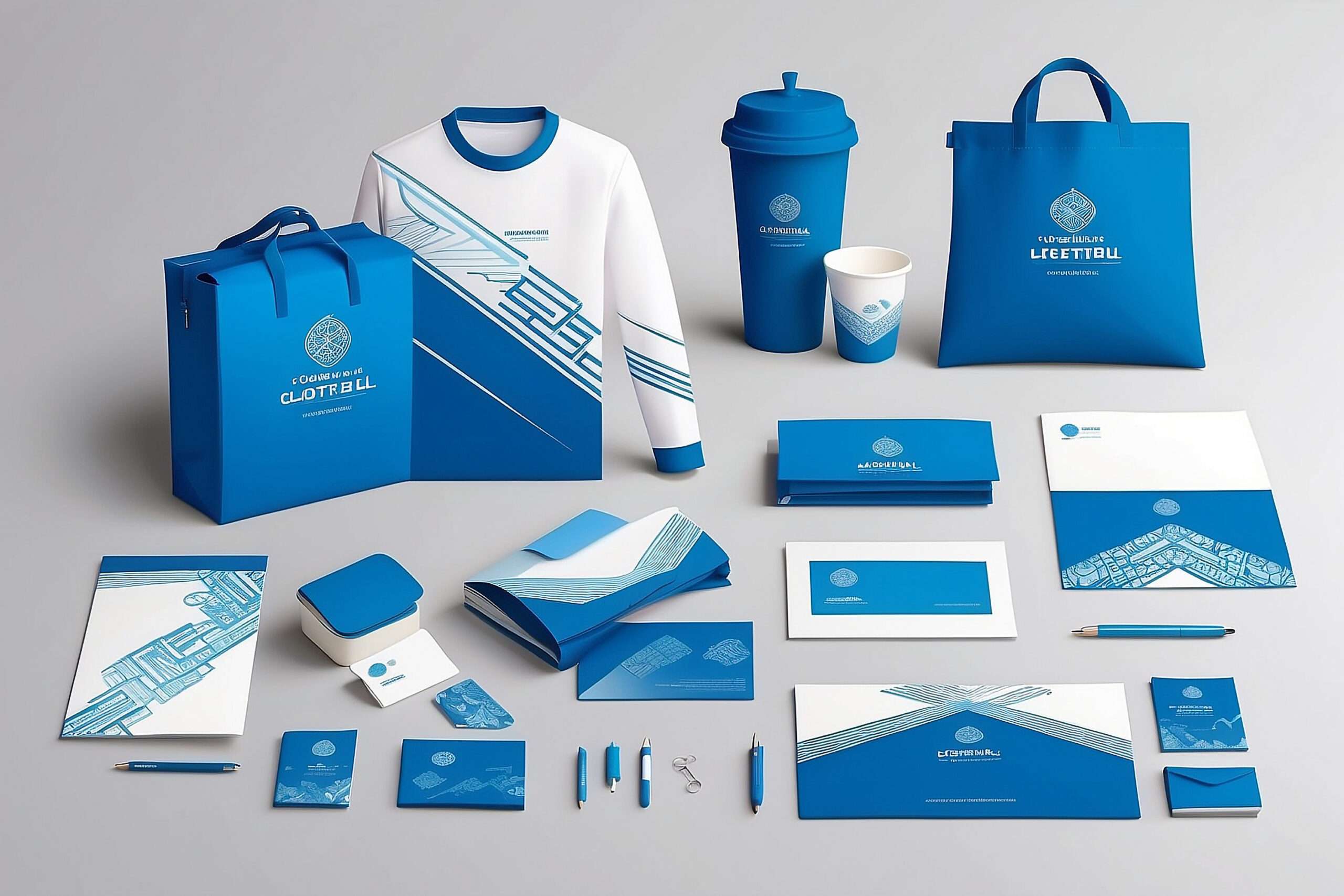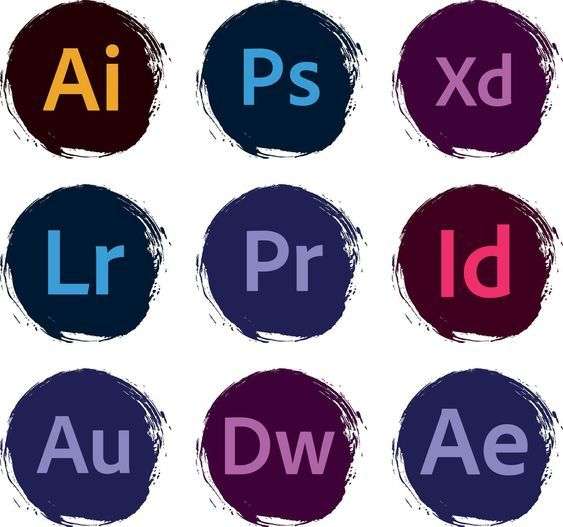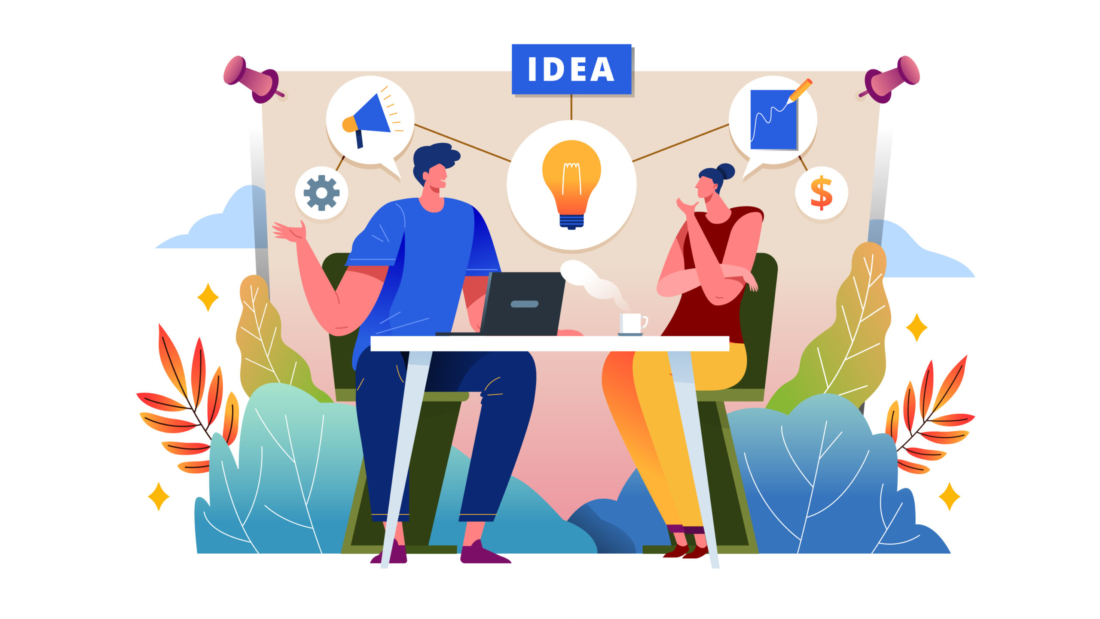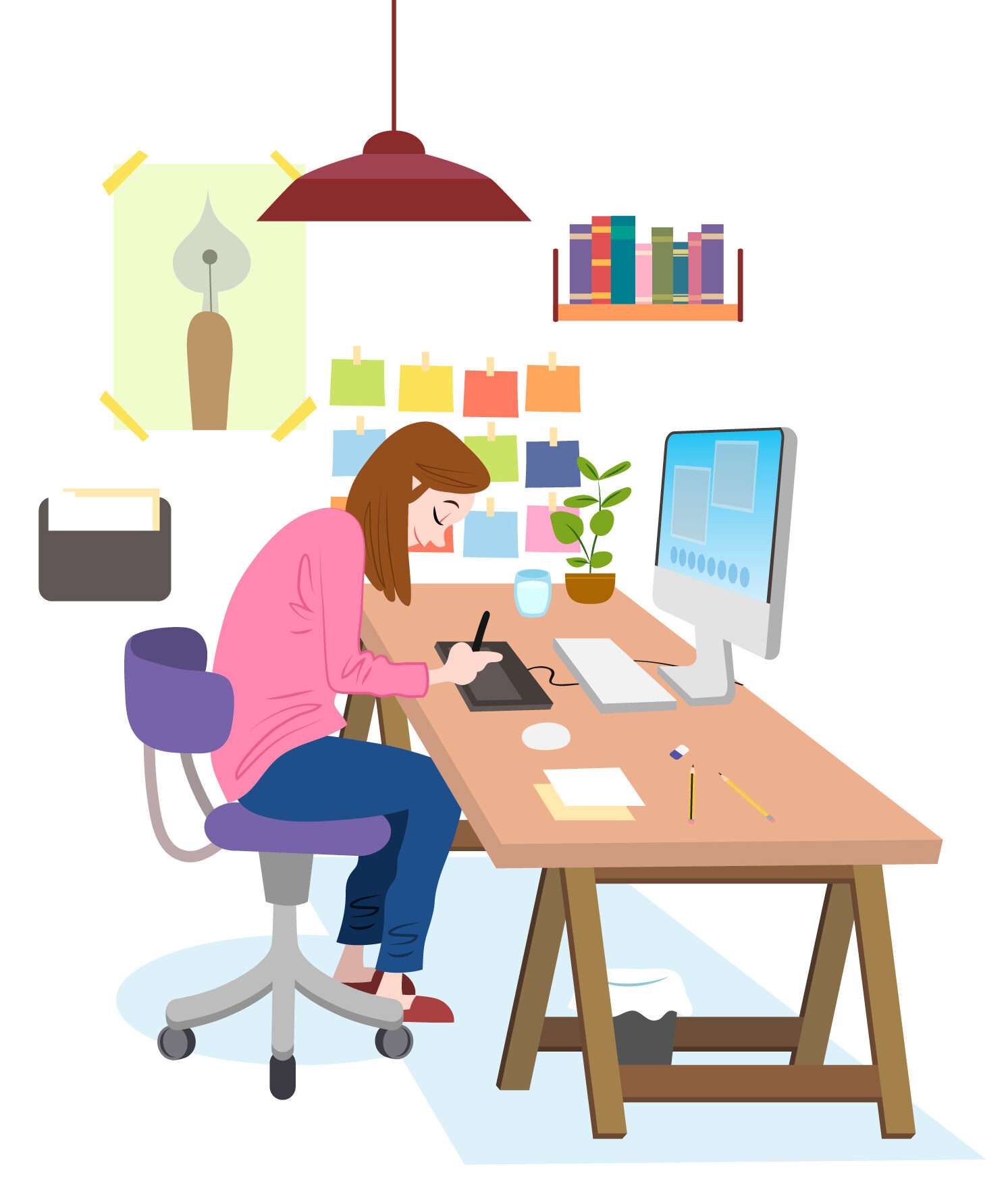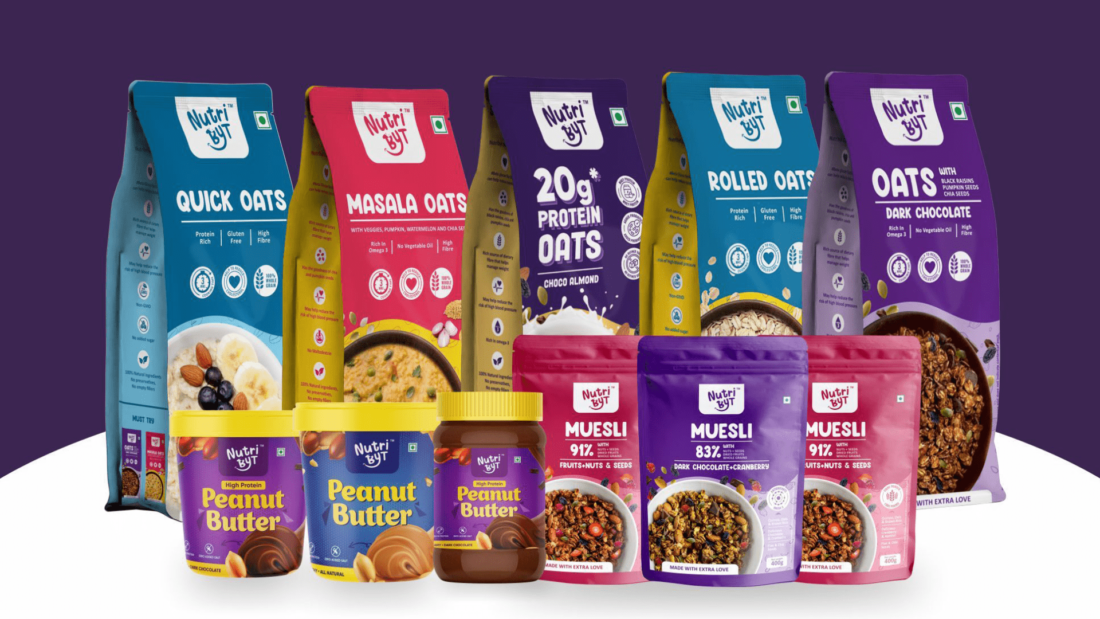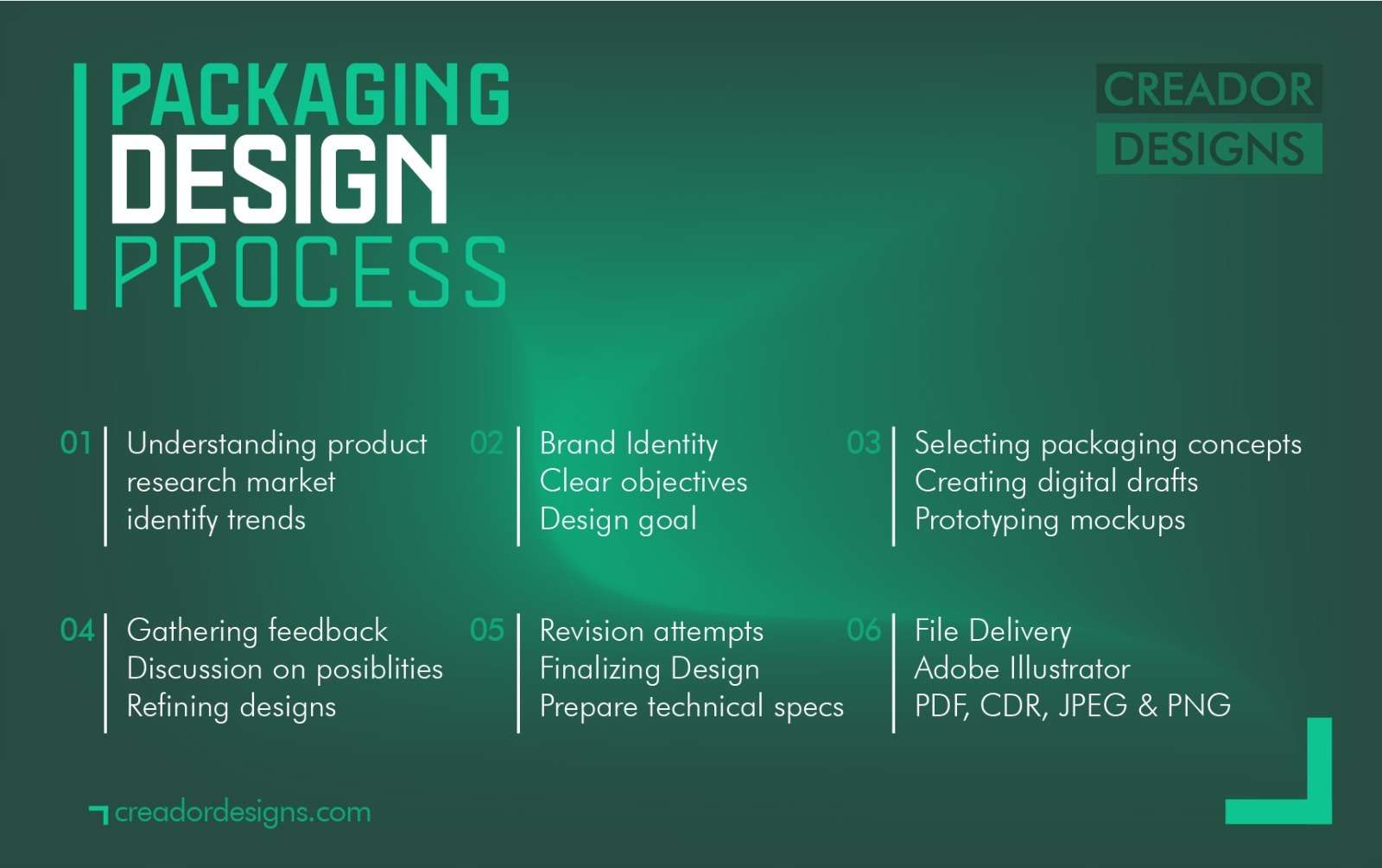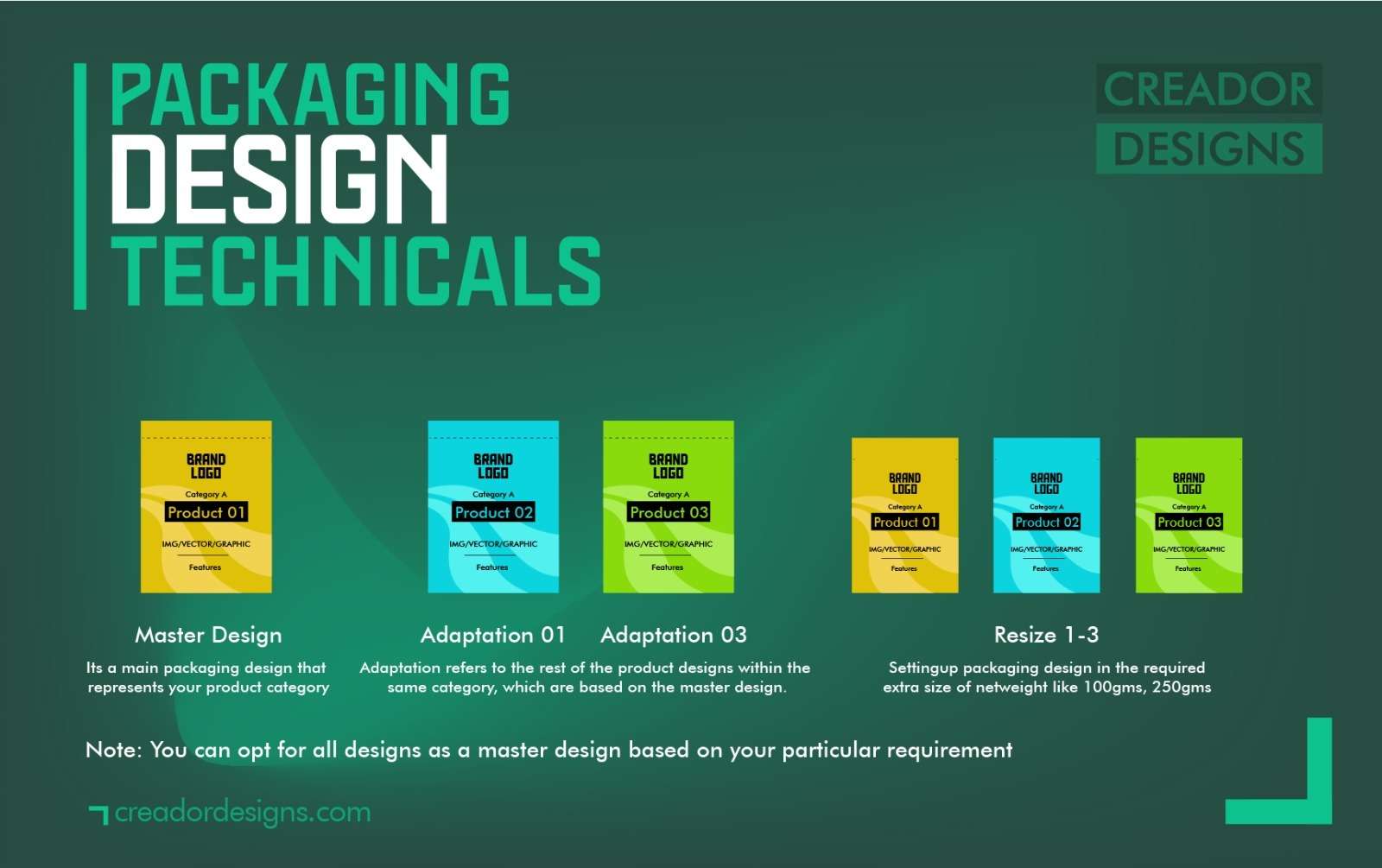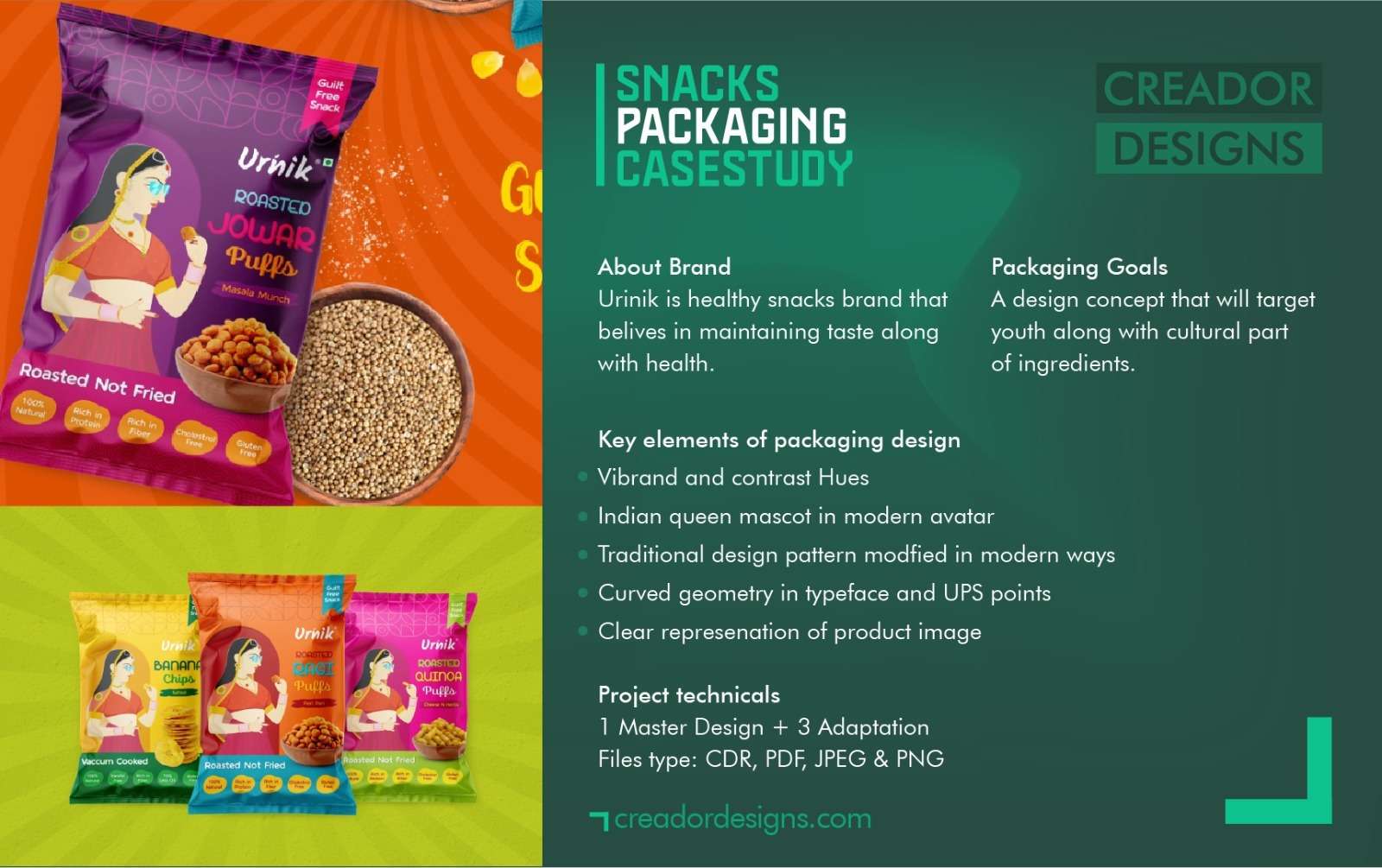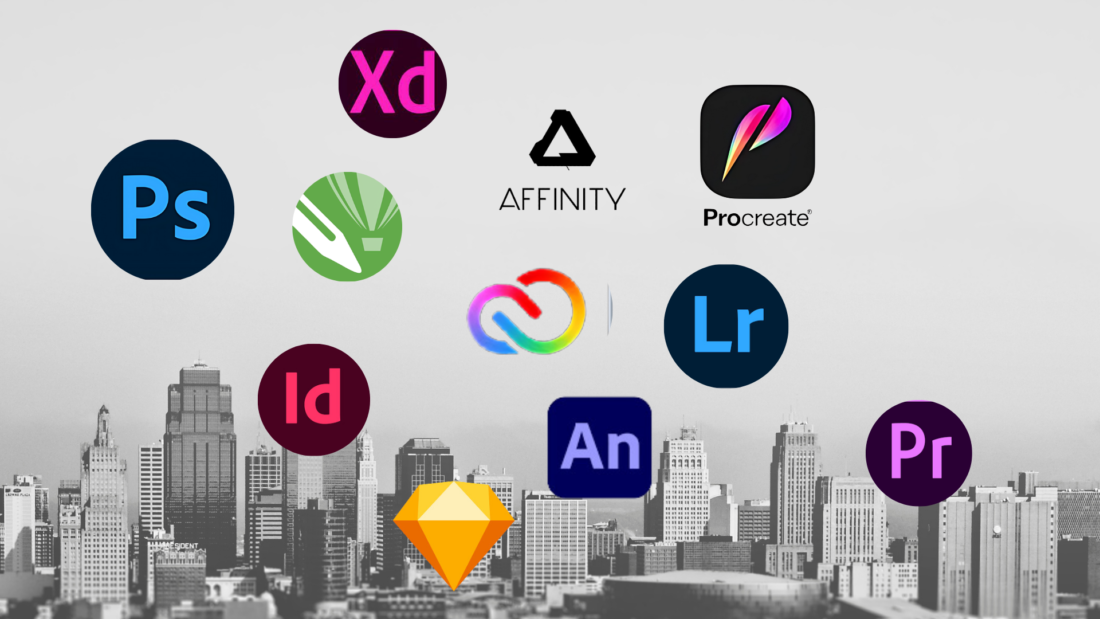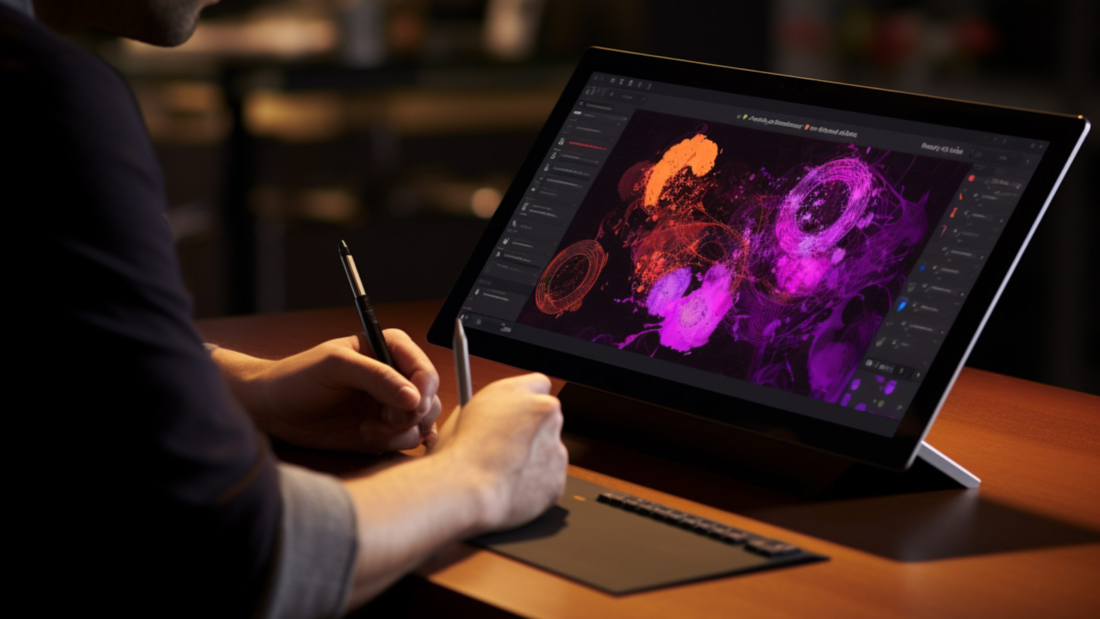In today’s competitive market, packaging design plays a critical role in the success of a product. A well-designed package is not just about aesthetics but also functionality, storytelling, and creating an emotional connection with the customer. At Creador Designs, we believe that effective packaging design can enhance your brand’s visibility and influence purchasing decisions. Whether you’re launching a new product or refreshing an existing one, crafting an attractive and creative packaging design is essential to stand out in a crowded market.

The foundation of any great packaging design is a deep understanding of your target audience. Before diving into the design process, it’s crucial to define who your ideal customer is and what appeals to them. Different demographics will have different expectations from packaging. For instance:
- Millennials and Gen Z may favor eco-friendly, minimalist designs with a bold color palette.
- Luxury buyers may prefer sophisticated, understated designs with premium materials like foil stamping or embossed textures.
- Children or family products often require bright, playful colors and interactive elements.
By tailoring your design to your audience’s preferences, you can create a stronger connection between your brand and your customers.

Your packaging design must align with your brand identity to ensure consistency across all touchpoints. Every element, from the logo to the color scheme and typeface, should reinforce what your brand stands for. A cohesive design helps consumers recognize your brand immediately, even from a distance.
For example:
- Nike uses bold, clean designs with its iconic swoosh, signifying strength and movement.
- Apple employs minimalistic, sleek packaging that reflects innovation, simplicity, and high-end appeal.
At Creador Designs, we work closely with brands to ensure that the packaging not only reflects their current visual identity but also tells a compelling story about who they are.
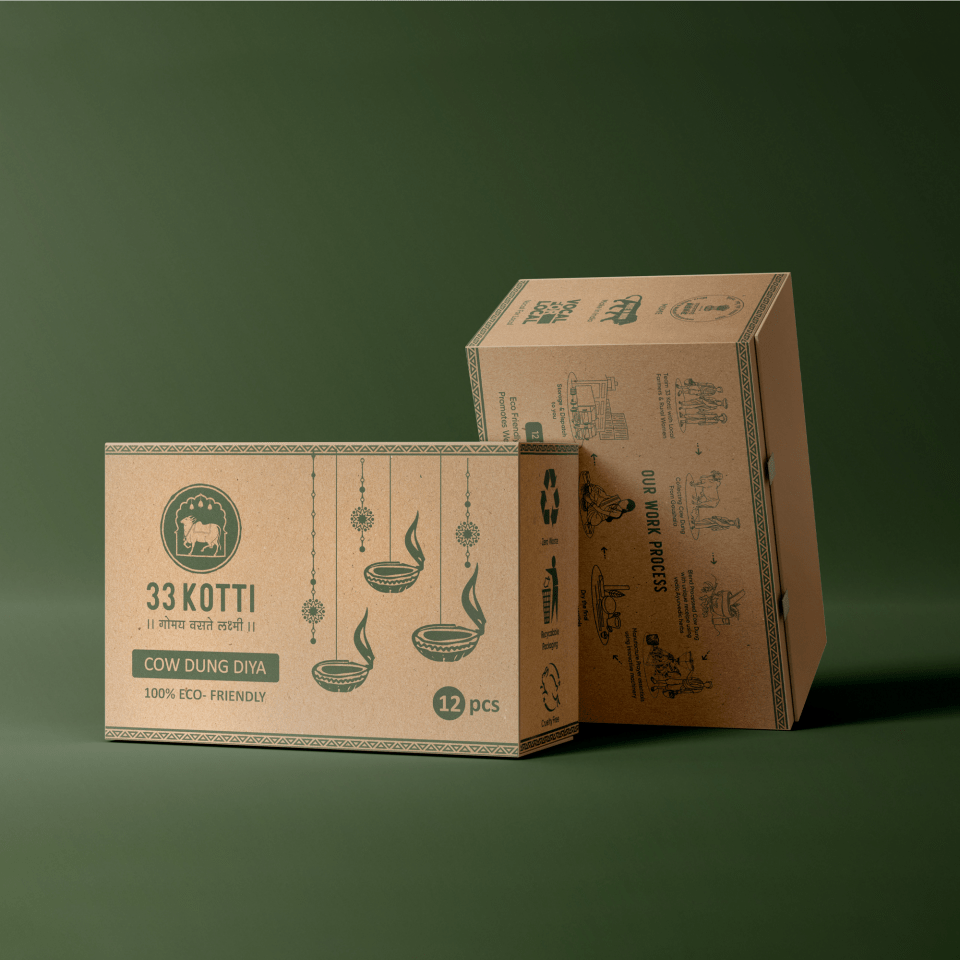
Creative packaging design should never come at the cost of functionality. The primary purpose of packaging is to protect and preserve the product. Therefore, the packaging should be easy to open, handle, and store. Consider how your packaging will function in various environments, such as retail shelves, shipping, or refrigeration.
Additionally, good functionality can enhance the customer experience. For instance, resealable packaging, ergonomic shapes, and easy-to-read labeling can all contribute to a positive user experience.

Color is one of the most powerful tools in packaging design. It influences perceptions and emotions and helps differentiate your product from competitors. Here’s how to leverage color effectively:
- Bold Colors: Bright and vibrant hues like red, yellow, and orange are attention-grabbing and convey excitement. They can make your product stand out on crowded shelves.
- Subtle Colors: Soft, muted tones like pastel blues, greens, and pinks create a calm and luxurious feel. These colors are often used in high-end beauty or health products.
- Color Psychology: Choose colors that resonate with the emotions you want your brand to evoke. For instance, blue is associated with trust and professionalism, while green often conveys eco-friendliness or health.
Experimenting with unique color combinations or contrasting hues can make your packaging design pop while remaining consistent with your brand’s color scheme.
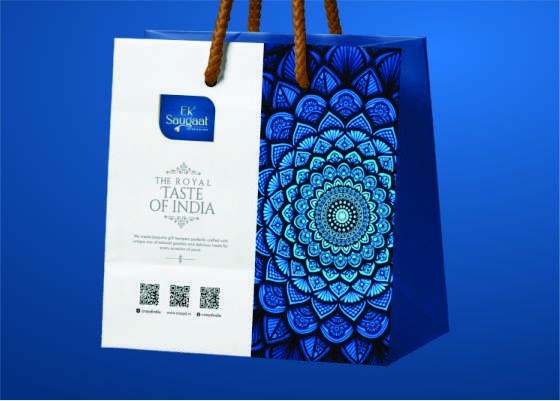
Typography is a critical aspect of your packaging design that conveys information and shapes the consumer’s perception of your brand. Fonts need to be legible but should also reflect the tone and personality of your product:
- Playful Fonts: For a fun, light-hearted product, playful fonts with rounded edges or handwritten styles can work well.
- Elegant Fonts: For luxury or premium products, opt for classic serif fonts or sleek sans-serif fonts that convey sophistication.
- Bold and Clear Fonts: In fast-moving consumer goods (FMCG), where products must grab attention quickly, clear, bold fonts are essential to ensure that key information, such as product benefits, stands out at a glance.
Consistency in font style and hierarchy (e.g., headlines, subheadings, and body text) ensures clarity and maintains the packaging’s professional appearance.
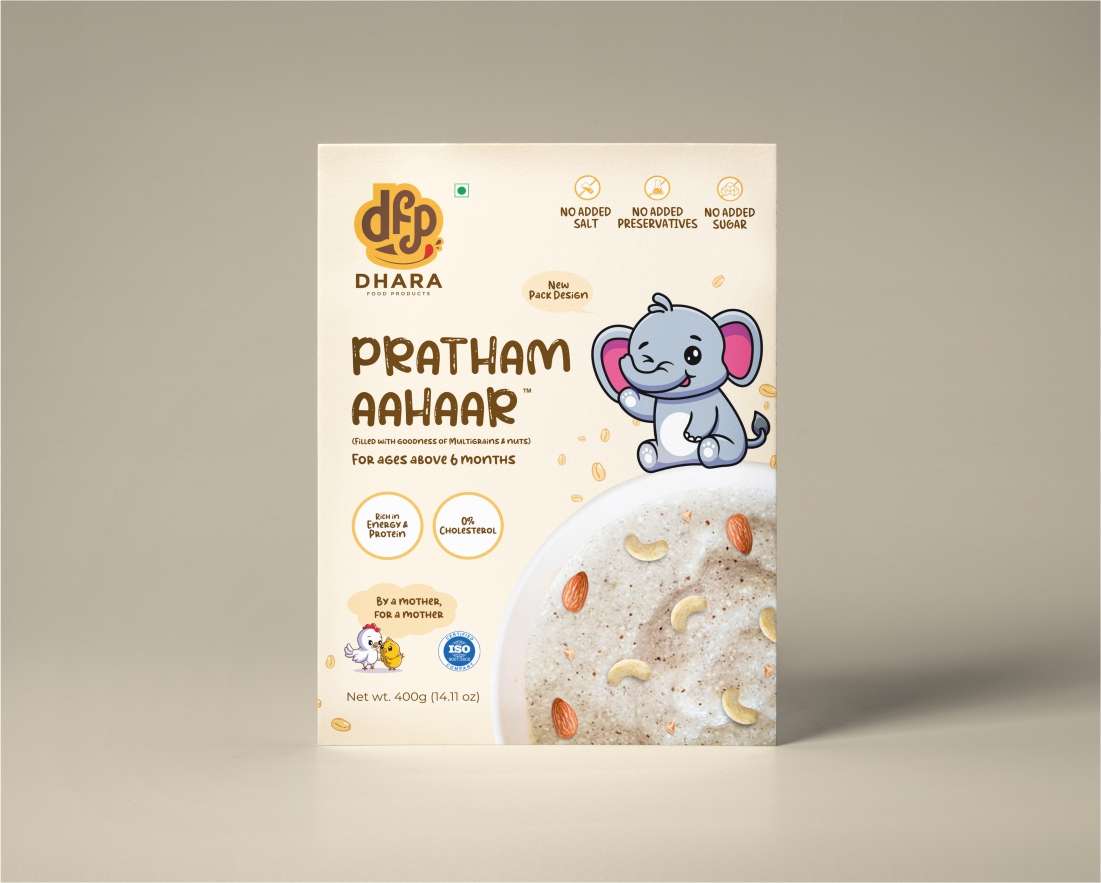
Consumers today are increasingly aware of environmental issues, and many prefer brands that offer sustainable solutions. Eco-friendly packaging can set your brand apart and appeal to environmentally conscious consumers. Here are a few sustainable packaging strategies:
- Recyclable Materials: Using materials like cardboard, paper, and some types of plastics that can be easily recycled.
- Biodegradable Packaging: Opt for materials that break down naturally without harming the environment, such as cornstarch or bamboo.
- Minimal Packaging: Reducing excess packaging not only lowers costs but also demonstrates your commitment to sustainability.
Brands that integrate sustainable practices into their packaging design can build trust and loyalty with eco-conscious consumers. At Creador Designs, we offer guidance on selecting eco-friendly packaging materia-ls that align with your brand and values.
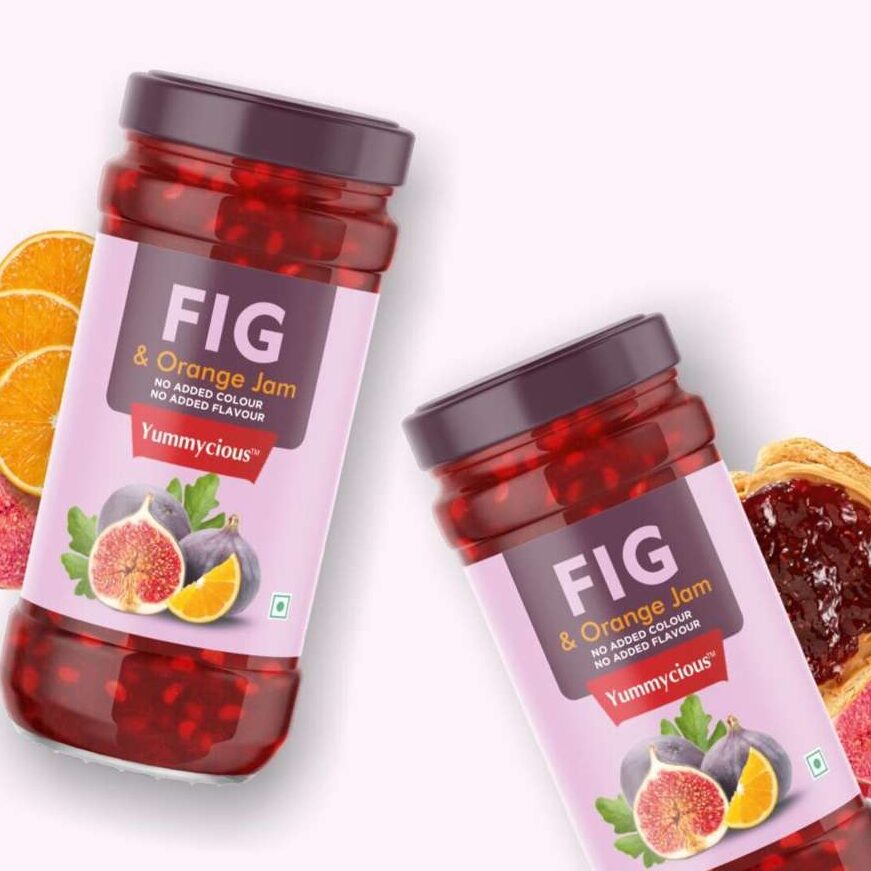
In addition to visual elements, the shape and structure of your packaging can dramatically impact its attractiveness. Unique shapes can differentiate your product and enhance the customer’s experience. Some ideas include:
- Unconventional Shapes: Innovative, non-standard shapes can help your product stand out. Think of the Coca-Cola bottle or the triangular Toblerone package—both are instantly recognizable.
- Ergonomic Designs: Packaging that is easy to hold, pour, or reseal can significantly improve functionality.
- Flat or Compact Packaging: For industries like e-commerce, flat or compact designs reduce shipping costs while offering consumers convenience.
While creativity is encouraged, practicality should always remain a priority. Packaging should not be difficult to store, ship, or display, as these factors will affect both retailers and consumers.

In a world overloaded with information, simplicity often stands out. Minimalist designs allow key information to shine without overwhelming the customer. Avoid clutter by focusing on the essential elements, such as the brand name, product details, and a single strong visual. A clean, streamlined design can often create a more powerful visual impact than a cluttered one.

Personalized packaging can create a memorable experience that resonates deeply with customers. Some ways to add personalization include:
- Custom Labels: Print a customer’s name or a personalized message on the packaging.
- Limited Edition Designs: Release special edition packaging for holidays, collaborations, or milestones to drive excitement and increase collectibility.
- Unique Inserts: Handwritten thank-you notes or small freebies (e.g., stickers) can make customers feel appreciated and create a stronger emotional connection with your brand.
Consumers love feeling special, and personalization enhances their connection with your product.

The unboxing experience has become an essential part of the modern shopping process, particularly in the era of social media. Consumers love to share their experiences online, and an enjoyable, visually appealing unboxing can lead to word-of-mouth marketing for your brand.
Some ways to enhance the unboxing experience include:
- Branded Interiors: Use custom printed tissue paper, branded boxes, or hidden interior messages.
- Interactive Elements: Add layers to the unboxing process or include QR codes that direct users to exclusive content.
- Thoughtful Packaging: Ensure that every layer of the packaging, from the outer box to the product itself, feels cohesive and exciting to open.
By crafting a unique and immersive unboxing experience, you can build anticipation and delight customers, which can ultimately foster loyalty and repeat purchases.

Creating attractive and creative packaging design requires a thoughtful balance of aesthetics, functionality, and brand storytelling. Whether you’re aiming for a minimalist, eco-friendly design or a bold, eye-catching look, the key is to ensure that your packaging resonates with your audience, enhances your brand identity, and provides a delightful experience from the moment your customer encounters it.
At Creador Designs, our expertise in packaging design can help you elevate your brand and create designs that not only look great but also communicate the core values of your business. By blending creativity with strategy, we design packaging that stands out on the shelf and resonates with your target audience, ultimately driving more sales and customer loyalty.

Packaging design is critical because it represents your brand’s identity and values while influencing consumer decisions. Well-designed packaging can attract attention, enhance brand recognition, and create a lasting impression, all of which contribute to increased sales and customer loyalty.
To choose the right colors, start by considering your brand identity and the emotions you want to evoke. Bold colors grab attention, while muted tones can convey luxury or simplicity. Make sure the colors align with your target audience’s preferences and reflect the essence of your brand.
Typography is crucial for communication on your packaging. The right fonts make your packaging look professional, while poor font choices can make it difficult to read. Typography should be clear, aligned with your brand personality, and able to convey key information quickly and effectively.
To create eco-friendly packaging, use sustainable materials like recycled paper, biodegradable plastics, or plant-based inks. Minimizing unnecessary packaging and opting for reusable or refillable designs can also reduce waste and appeal to environmentally-conscious consumers.
The unboxing experience refers to the customer’s interaction with your product as they open the packaging. A well-crafted unboxing experience can generate excitement, enhance customer satisfaction, and even encourage social media sharing, which helps promote your brand organically.
You can add personalization by customizing labels, using handwritten notes, or offering limited edition packaging for special occasions. Personal touches make customers feel valued and enhance their connection to your brand, which can lead to increased customer loyalty.




